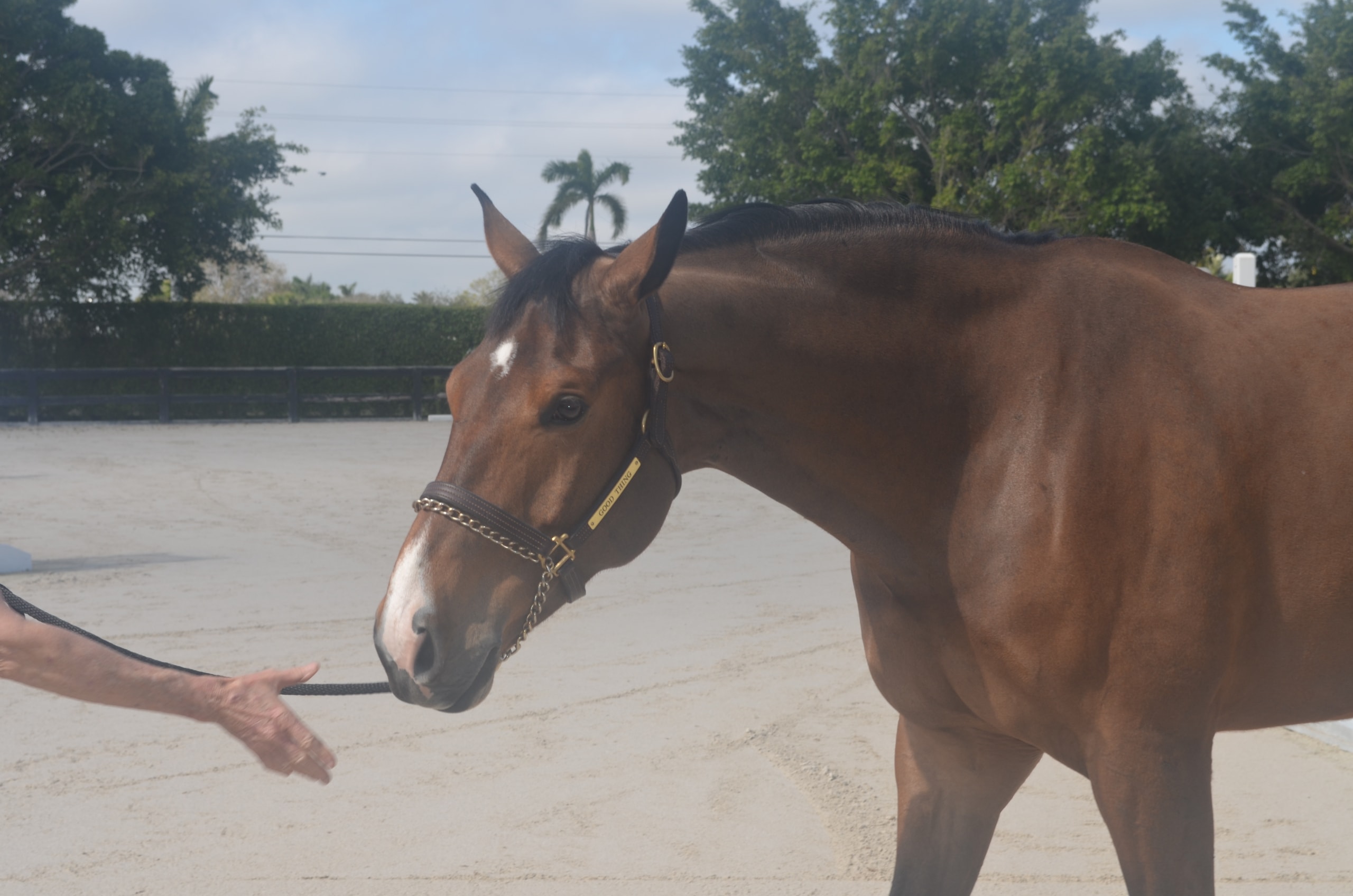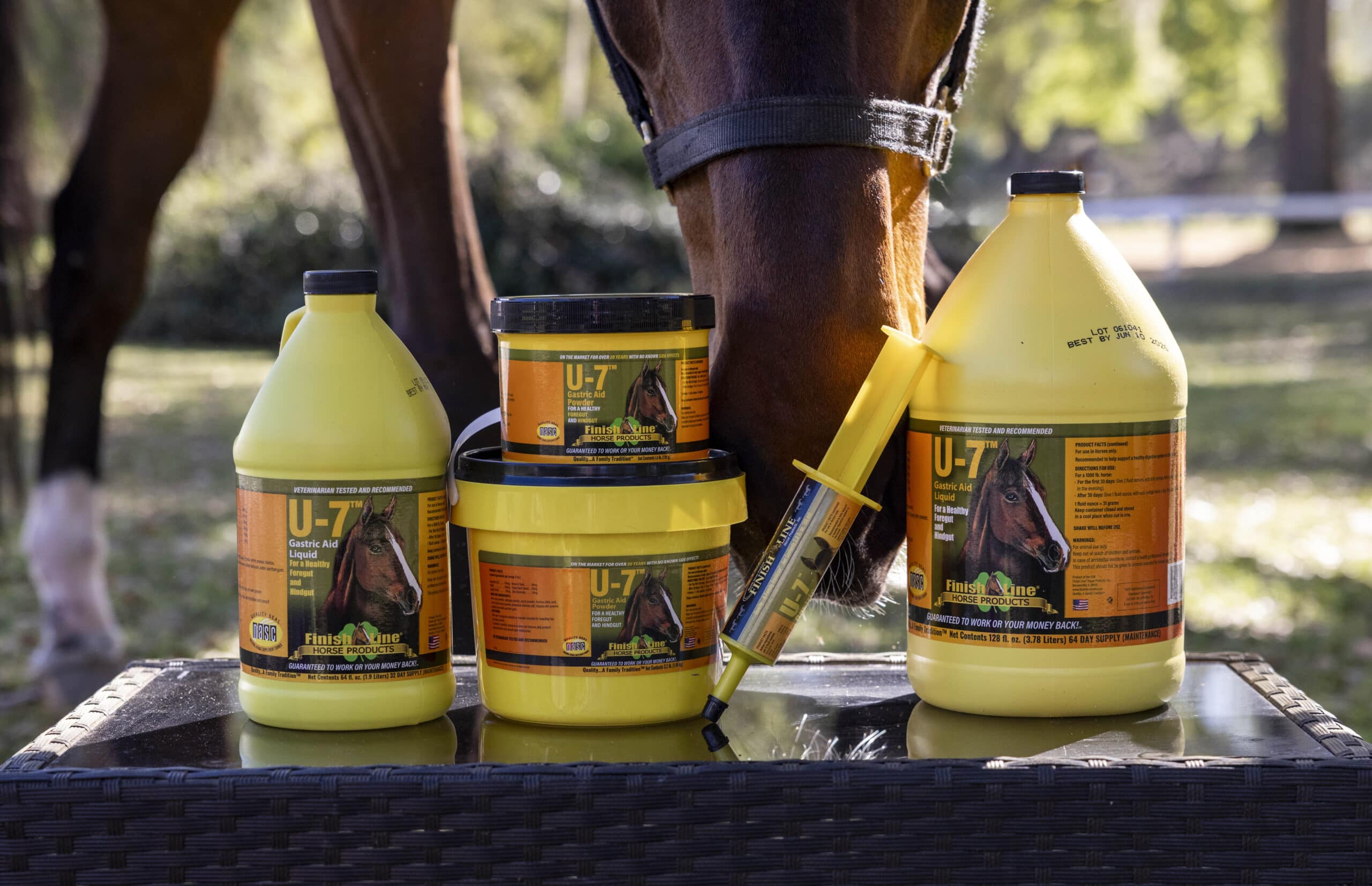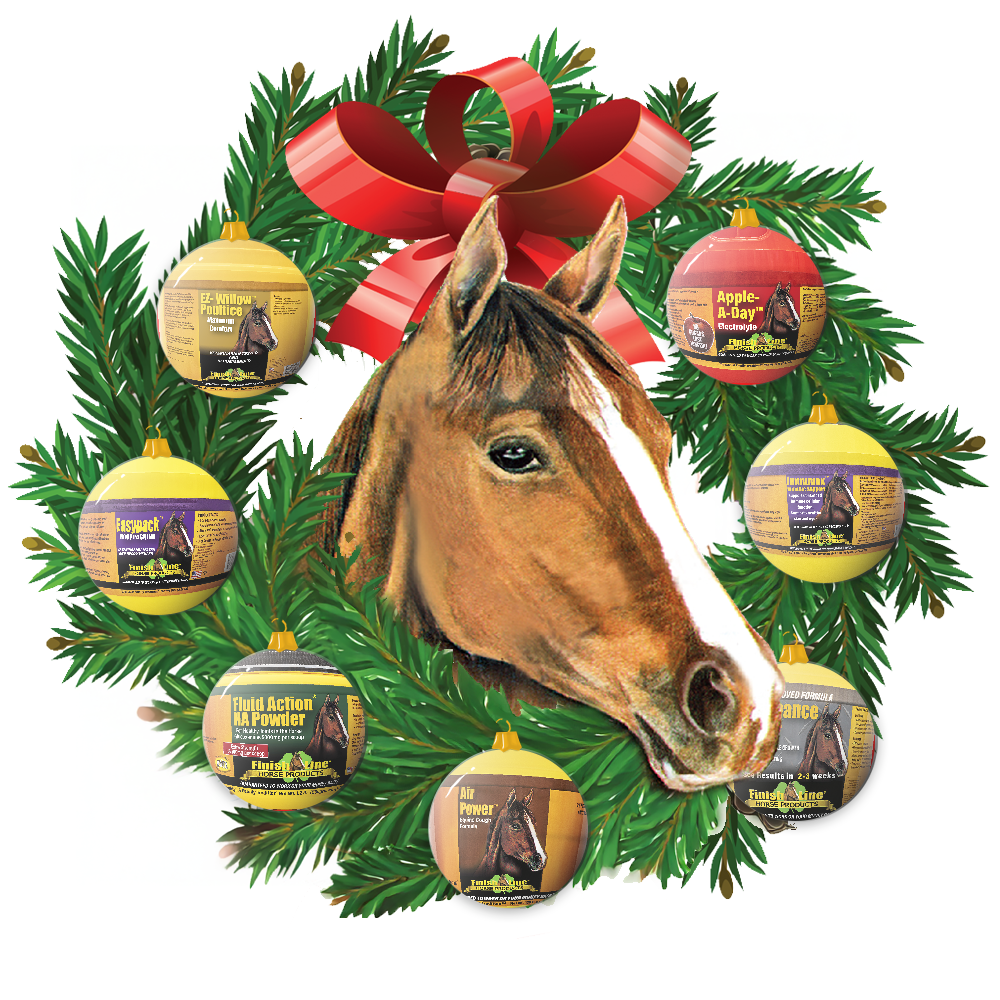Humans and horses have a special bond – between working and playing together, you may feel like you know your horse inside and out. Still, equestrians of all levels of experience should learn to pay attention to a horse’s body language. New riders may be unfamiliar with reading an animal’s expressions, while more experienced professionals may need a refresher on what their horse is saying when its not saying much at all. Here’s what your horse is trying to communicate when it twitches, neighs and swishes:
Body
When interacting with your horse, take a look at the overall picture your horse is presenting. If a horse is trembling, you can assume it’s experiencing fear. Some horses are jittery around large groups of people, or when having their hooves cleaned. If you notice your horse trembling or shaking, stop what you’re doing and give the horse a minute to calm down on its own. Then, if necessary, you can slowly reintroduce the action.
Horses that are stiff and tense may also be showing signs of nerves or stress. These symptoms should abate as the triggering stressor is removed. If they seem to be working with stiff muscles for more than a few days, you may want to try Finish Line’s EZ-Willow Gel Liniment, which promotes healthy muscles and reduces swelling from overexertion. If the stiffness and swelling continues, it’s time to contact the veterinarian for a check up.
Head and neck
If a horse is moving its head and neck from side to side – often called snaking – it’s time to back away.
You can tell a lot by a horse’s head carriage. When a horse has its head lowered, you can assume it’s feeling relaxed and at ease. Horses often take this stance when grazing or when enjoying a good nap. If you’re near a horse when their head is lowered, it’s a good time to give them a nice pet.
On the other hand, if a horse is moving its head and neck from side to side – often called snaking – it’s time to back away. This is a position often assumed by horses getting ready to fight, so steer them away from any other animals they may be in conflict with.
If your horse has its head raised while riding, that means it is looking at something in the distance. It may be sussing out a situation to determine if it’s facing any risks. Or, if your horse has its head raised in conjunction with hollowing their back, it may be in pain.
Ears
A horse with its ears pointed gently forward is generally a horse at ease. However, if your horse has its ears pointed distinctly forward, it’s a sign that it’s listening to something you may not have noticed, and it’s on the alert.
If your horse has it’s ears back and relaxed, it’s a sign that the animal is feeling relaxed itself or is listening to the sounds coming from behind. If the ears point sharply backward, consider this a sign of aggression and back away slowly.
If you notice a horse swiveling their ears around rapidly, it may be feeling anxious or stressed. This can happen when the animal can’t identify the source of a sound, or if it’s feeling overwhelmed.
Eyes
“Horses are creatures that like to stay alert.”
Horses are creatures that like to stay alert, but if you see your animal rapidly flitting it’s eyes back and forth, take this as a sign of increased anxiety. Your horse may be looking for a way to escape, especially if it’s feeling threatened, so try to calm your equine down and remove them from the space to prevent biting, kicking or bolting.
Similarly, proceed with caution if you can see the whites of your horse’s eyes. By this time, the equine is often in a state of extreme anxiety or distress. Calm the animal down as soon as possible and do not pass behind your horse to reduce the risk of being kicked.
Legs
Keep an eye on your horse’s hind legs to see if it’s feeling agitated. If your horse has one of its hind legs raised, interpret this as a signal that it’s annoyed and threatening to kick any animals or humans at its rear. Diffuse the situation and warn others to avoid the area around your animal. A kick from a horse can be deadly, so proceed with caution.
A relaxed horse, on the other hand, may cock its leg, dropping the hip and resting the edge of their hoof on the ground. Combined with a lowered head and relaxed ears, these signs point to a horse at ease.
Tail
Horses may smoothly swish their tails when regaining their balance, or use their tails to swat away flies. These movements are distinct from those that point to a distressed animal. As with other animals, a horse with its tail between its legs is showing you that it’s afraid or nervous.
A tail held high is a sign that a horse is on the alert and may enter a state of anxiety. If the animal keeps its tail high for a moment and then drops it soon after, the horse has resolved the issue on their own. If it keeps their tail perked up in combination with sharply pointed ears, try to soothe your horse and remove any stimuli that may be causing stress.
Voice
Horses use their voice to communicate with their foals and the other horses in their surroundings. Equestrians should note the kinds of noises their horses make – each animal is different, and may use vocalization in unique ways. In general, though, horses neigh and whinny to greet other horses. These are usually friendly sounds.
A horse will snort as a way to raise the alarm, so take a look around when you hear your animal make this noise.
Most equestrians are familiar with the squealing noise horses make to one another. Unlike a neigh or whinny, though, this is not a friendly noise. Horses may squeal upon meeting if they feel threatened. If you hear this noise, separate the two horses and try to introduce them more slowly after a few minutes.











